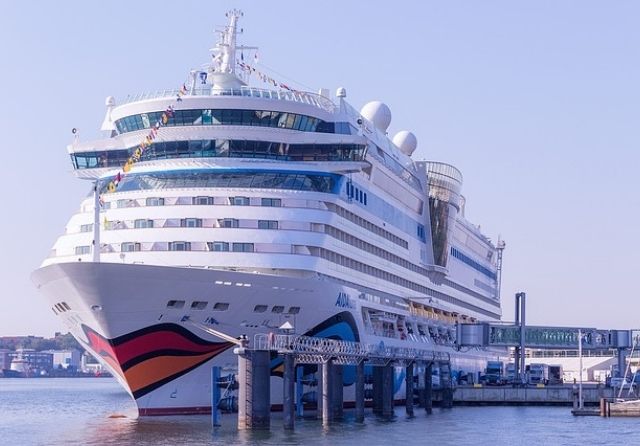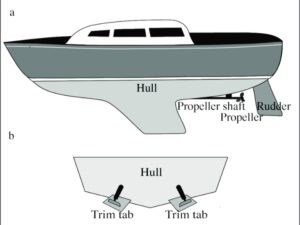
Ships have been a major form of transportation for centuries, but how exactly do they float on water? The answer lies in the science of buoyancy.
Buoyancy is a force exerted by a liquid on an object, which causes it to float. This force is the result of a combination of the object’s weight, the liquid’s density, and the pressure of the liquid on the object.
When an object is placed in a liquid, the liquid exerts an upward force on the object, called the buoyant force. This force is equal to the weight of the liquid displaced by the object. The weight of the displaced liquid is determined by the difference between the density of the liquid and the density of the object. This is why objects with a lower density than the liquid, such as wood or Styrofoam, float, while objects with a higher density than the liquid, such as rocks or iron, sink.
In the case of ships, the buoyant force is generated by the ship’s hull, which displaces a large amount of water. The size of the hull determines the amount of water displaced, and therefore the size of the buoyant force. This is why larger ships, such as tankers, are much heavier than smaller ships, but still manage to float.

The shape of the hull also plays an important role in the ship’s buoyancy. The hull is designed to displace a large amount of water while keeping the ship’s weight low. This is achieved by having a wide bottom and a narrow top, with a curved surface that helps to reduce drag. This shape is known as a “V” shape, and is commonly used on ships of all sizes.
In addition to the shape of the hull, the density of the material used to construct the ship also affects its buoyancy. Materials such as steel and aluminum are denser than water, so they will sink if not properly supported by the hull. To counter this effect, ships are often built with a double hull, with a layer of air or foam between the two layers of metal, which significantly increases their buoyancy.
Finally, the amount of cargo a ship carries also affects its buoyancy. The weight of the cargo displaces a certain amount of water, which causes the ship to sink deeper into the water. To prevent this, the ship must be loaded with enough cargo to offset the weight of the water displaced by the hull. This can be done by either increasing the weight of the cargo, or by adding ballast tanks to the ship, which can be filled with water or other heavy materials to offset the weight of the cargo.
In conclusion, ships are able to float on water thanks to the science of buoyancy, The size and shape of the hull, the density of the material used to construct it, and the amount of cargo it carries all affect the amount of water displaced by the ship, and therefore the size of the buoyant force that keeps it afloat. With the help of this science, ships have been able to safely transport cargo across the world’s oceans for centuries.
Written by ProfT for Naijatipsland.com




![How To Grow Healthy Vegetables At Home To Add At Your Diet [Video]](https://naijatipsland.com/wp-content/uploads/2024/11/466793198_528225756695676_4492890222511616285_n-100x100.jpg)
![Quick & Easy Guide to Make a Stunning Pot of Colorful Roses![Video]](https://naijatipsland.com/wp-content/uploads/2024/11/466870662_869465511842187_6799189235013992435_n-100x100.jpg)
![Get Ready to BEND Metal Like a PRO with This Creative Tool! [Video]](https://naijatipsland.com/wp-content/uploads/2024/11/467541555_1343339750384284_6873942807394457425_n-100x56.jpg)



